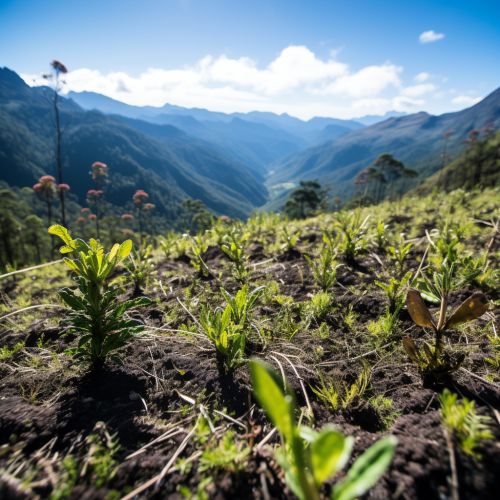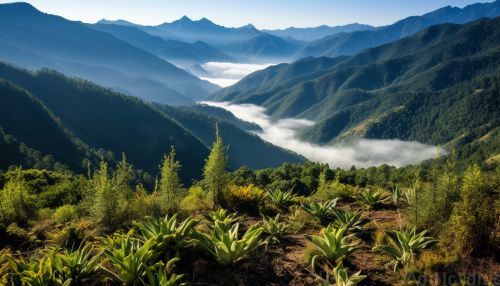Effects of Climate Change on Plants
Introduction
Climate change, a long-term shift in global or regional climate patterns, has a profound impact on the planet's biodiversity, including the plant kingdom. The effects of climate change on plants are complex and varied, affecting their distribution, phenology, morphology, physiology, and interactions with other species. These changes can have cascading effects on ecosystems and human societies that depend on plants for food, shelter, and other resources.
Effects on Distribution
One of the most noticeable effects of climate change on plants is shifts in their geographical distribution. As temperatures rise, many plant species are moving towards the poles and to higher altitudes, seeking cooler conditionsmore. This phenomenon, known as range shift, can lead to changes in community composition and the loss of plant species in some areas.


Effects on Phenology
Climate change also affects plant phenology, the timing of seasonal activities such as flowering and fruiting. Warmer temperatures can lead to earlier onset of spring activities, potentially disrupting synchrony with pollinators and other species that plants interact withmore.
Effects on Morphology
Changes in climate can also influence plant morphology, the physical form and structure of plants. For example, increased levels of carbon dioxide (CO2) in the atmosphere can lead to increased plant growth and leaf size, a phenomenon known as CO2 fertilization effect. However, this effect is often offset by other factors such as nutrient availability and water stress.
Effects on Physiology
Climate change can also affect plant physiology, the functions and processes that occur within plant cells and tissues. For example, higher temperatures can increase the rate of photosynthesis, the process by which plants convert sunlight into energy. However, if temperatures become too high, photosynthesis can be inhibited, leading to reduced plant growth and productivity.
Effects on Species Interactions
The effects of climate change on plants can also alter their interactions with other species. For example, changes in plant distribution and phenology can disrupt plant-pollinator relationships, potentially leading to declines in both plant and pollinator populations. Similarly, changes in plant physiology and morphology can affect herbivores and other species that depend on plants for food or habitat.
Conclusion
The effects of climate change on plants are complex and multifaceted, with implications for biodiversity, ecosystems, and human societies. Understanding these effects is crucial for developing strategies to mitigate the impacts of climate change and conserve plant diversity.
